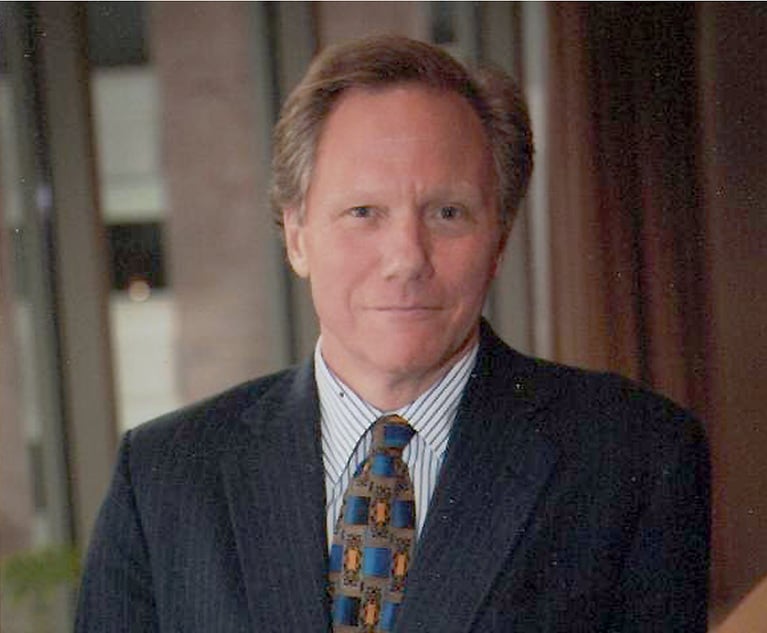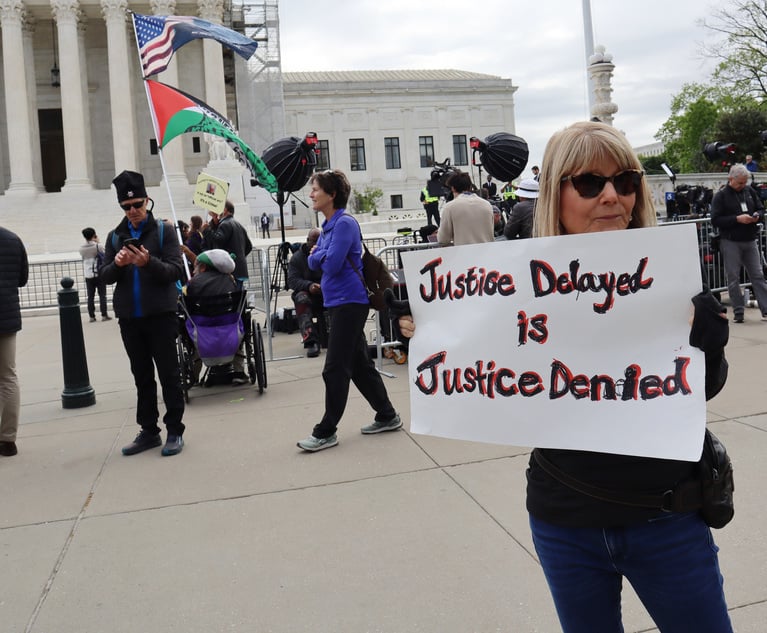Thank you for reading The Marble Palace Blog, which I hope will inform and surprise you about the Supreme Court of the United States. My name is Tony Mauro. I’ve covered the Supreme Court since 1979 and for ALM since 2000. I semiretired in 2019, but I am still fascinated by the high court. I’ll welcome any tips or suggestions for topics to write about. You can reach me at [email protected].
Justice Stephen Breyer’s upcoming retirement does not mean that he’ll be spending his days playing pickleball and Wordle.
Almost immediately after the announcement on Jan. 26, it became known that he would continue to serve as one of the jurors who decide the winners for the Pritzker Prize, often referred to as “architecture’s Nobel.” Breyer joined the jury in 2011 and is currently the longest serving among its eight members, according to Architectural Record. The 2022 Pritzker laureate architect is expected to be named in March.
Breyer’s love of buildings began when he was chief judge of the U.S. Court of Appeals for the First Circuit from 1990 to 1994. The circuit needed a new courthouse, and he became intimately involved with the design of the Moakley federal courthouse in Boston, which was praised when it opened in 1999. He insisted on making the building accessible to the public, rather than a “Fort Knox”-style courthouse.
Of buildings, Breyer said in a recent interview, “They can bring joy and harmony into the lives of people who encounter them.”
With that viewpoint, Breyer also made his mark on his next building, namely the Supreme Court, nicknamed by some as the Marble Palace. In 2010, Breyer issued an unusual statement, joined by Justice Ruth Bader Ginsburg, lamenting the court’s decision to close the bronze doors at the top of the court’s front 44 marble steps for apparent security reasons.
Visitors would have to enter the court “through a side door,” Breyer wrote. “I think the change is unfortunate, and I write in the hope that the public will one day in the future be able to enter the Court’s Great Hall after passing under the famous words ‘Equal Justice Under Law.’” He added, “To many members of the public, this Court’s main entrance and front steps are not only a means to, but a metaphor for, access to the Court itself.”
Eleven years later, the bronze doors still cannot be used for entry. When the building is open to the public, the bronze doors are open and used as an exit only. But during the pandemic, the building has been closed to the public altogether, so the bronze doors have remained closed as well, even for exit.
Long before the doors were closed, other justices have underscored the gravity and importance of the front of the Supreme Court. In 2005, when he was nominated to the Supreme Court, John Roberts Jr. recalled the times he would enter the court as an advocate. “I always got a lump in my throat whenever I walked up those marble steps to argue a case before the court, and I don’t think it was just from the nerves,” Roberts said.
The late Chief Justice William Rehnquist in his book about the court also recalled standing before the court “for a moment to admire” the main entrance, then climbing the “seemingly endless steps” when he arrived in 1952 to clerk for Justice Robert Jackson.
NOT FOR REPRINT
© 2024 ALM Global, LLC, All Rights Reserved. Request academic re-use from www.copyright.com. All other uses, submit a request to [email protected]. For more information visit Asset & Logo Licensing.









